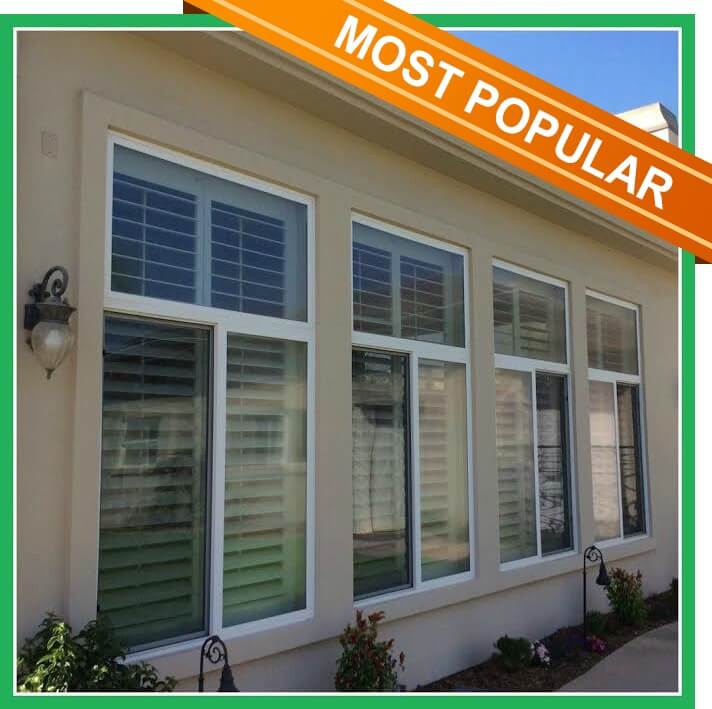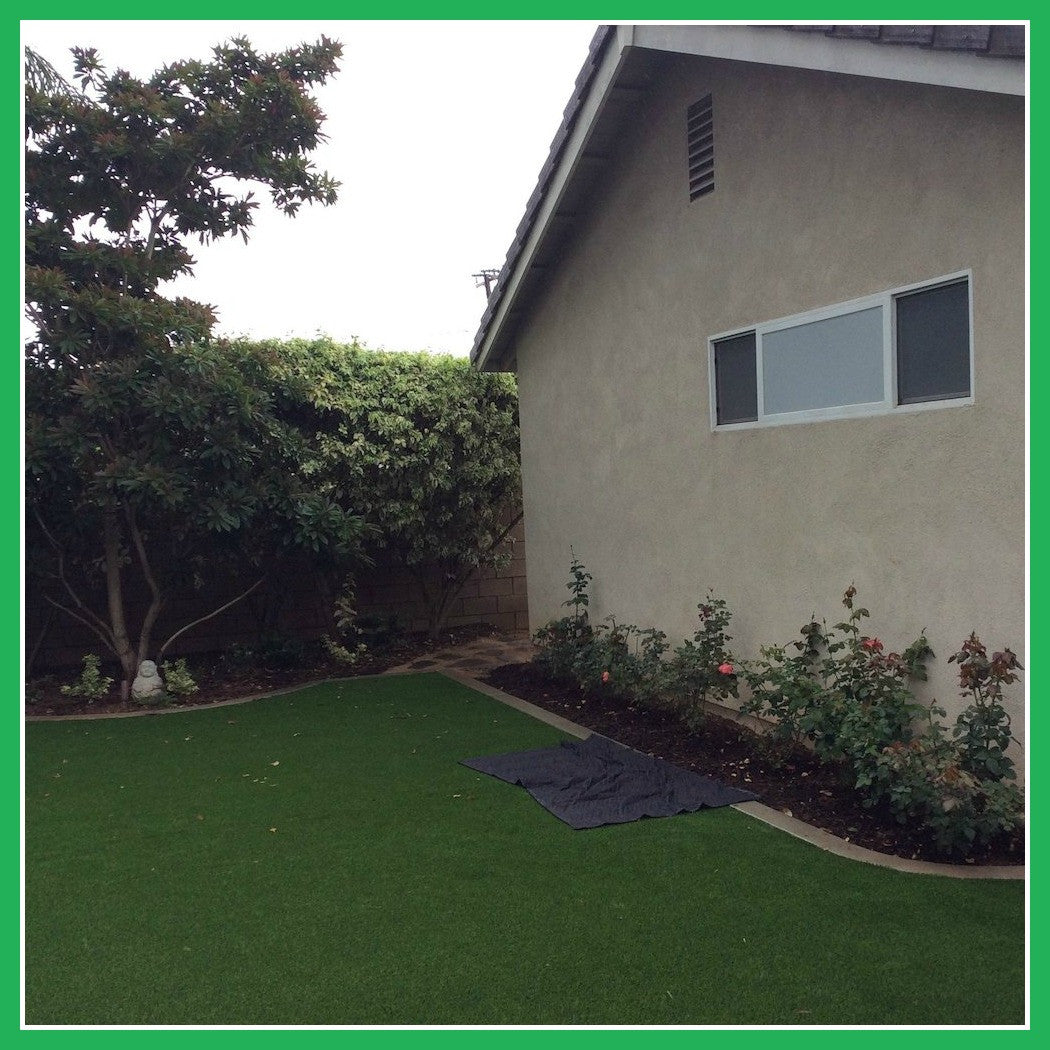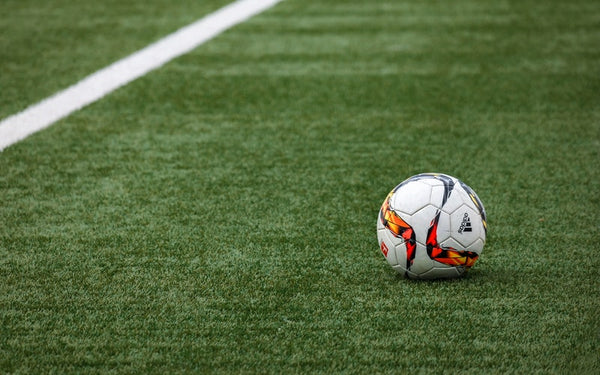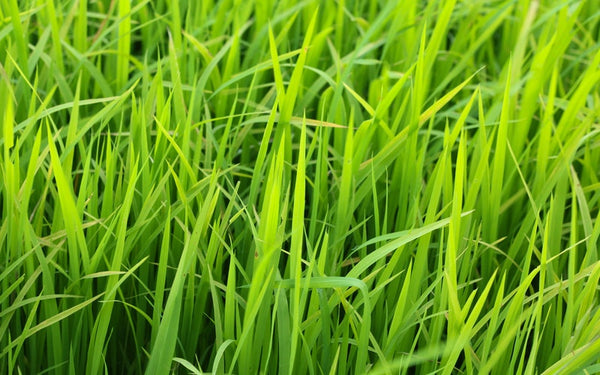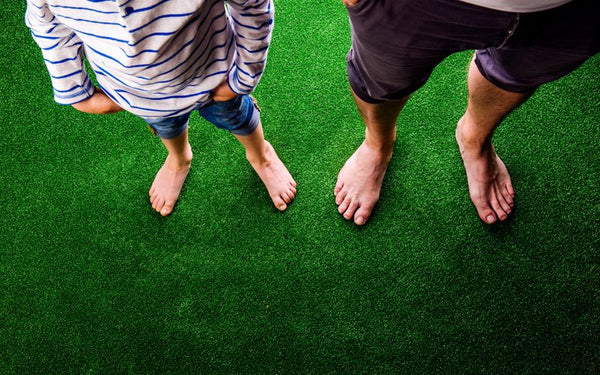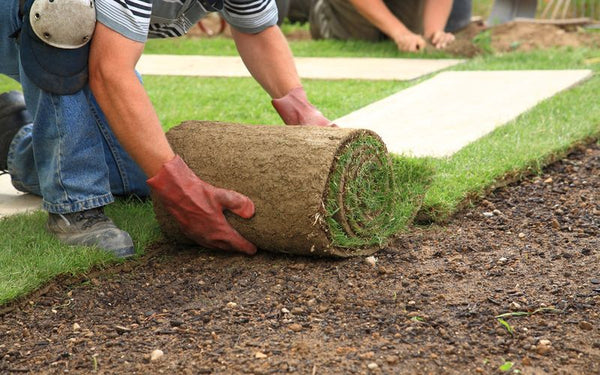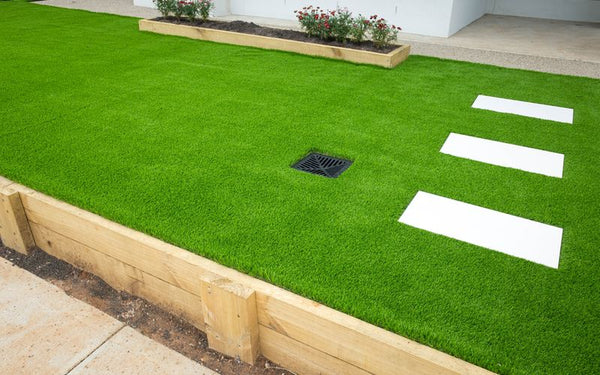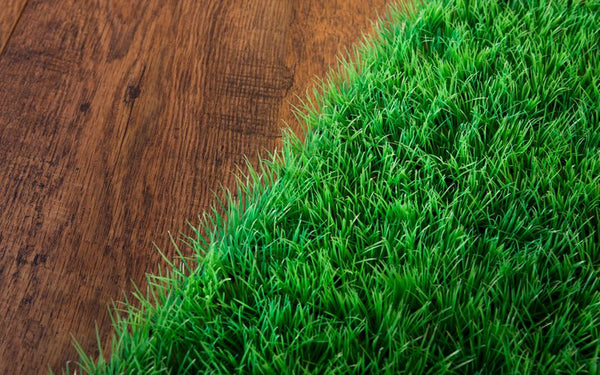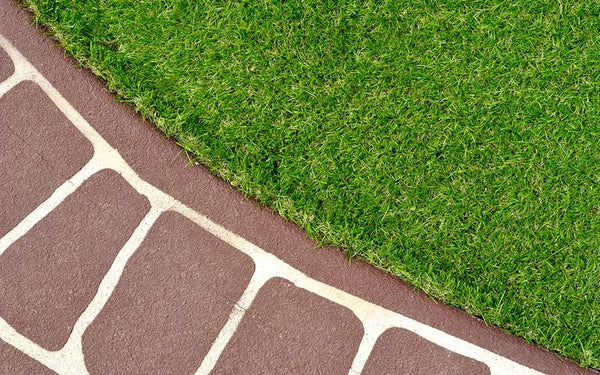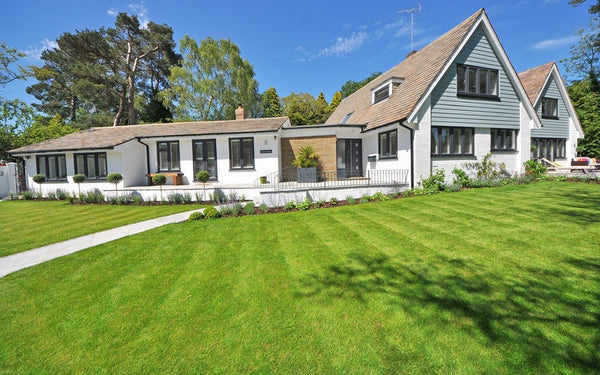Owners of artificial turf lawns will eventually learn the horrors of artificial turf melting. One of the many problems that could occur is when your artificial turf reaches its melting point. Synthetic grass typically burns and fades once it reaches a particular level of temperature. If it hasn’t been obvious yet, the best way to prevent artificial turf melting is to avoid your artificial turf from reaching its melting point.
What Happens When Artificial Turf Reaches Its Melting Point?
The main difference between imitation turf grass and natural grass is that the former becomes hotter when exposed to heat. Now, both types of grass are exposed to heat, but artificial turf lawns tend to burn and fade more because of its higher melting point as compared to the natural grass. Artificial grass has a melting point of 200 degrees Fahrenheit while the hottest temperature a natural grass can reach is only 75 degrees Fahrenheit to 95 degrees Fahrenheit.
Whether it is artificial grass for pets or plastic grass mat, all artificial grass is made from polyethylene yarn. Most of the time, the melting and burning of artificial grass are caused by the sun’s heat bouncing off of surfaces such as glass windows, mirrors, burnished gutters, and many more.
The temperature can rise rapidly due to the heat reflecting from the surfaces until the artificial turf reaches its melting point. If your artificial turf lawn is exposed to the intensified heat for a long period, the temperature of the turf will increase and reach polyethylene’s melting point. This, in turn, will cause artificial turf melting.
What to Do to Avoid Artificial Turf Reaching Its Melting Point?
They say that the best way to solve the problem is to avoid it. Well, you can’t avoid the sun from shining, but you can avoid it from bouncing off of surfaces. If you decide to buy artificial lawn for your property, make sure that you ask your contractors beforehand regarding any possible threats within the area. It is important to assess and observe the area and the nearby properties for any reflective surfaces and mark the areas where the glare might hit. While artificial grass price isn’t necessarily expensive, having to repair it constantly can be.
If the area where you have installed artificial turf is a potential target of these reflective surfaces, you can always try installing a clear perforated window film. This is one of the best precautionary measures when it comes to artificial turf melting.

